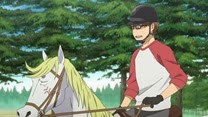 |
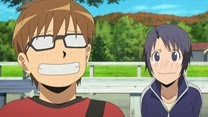 |
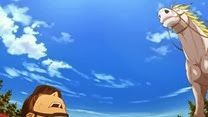 |
Gin no Saji, now 100% cow rectum free.
Volume 10 of Gin no Saji the manga is at 610K sales and counting, and the anime continues to hum along quietly, minding its own business and doing what it does so well without calling much attention to itself. I’ve come to think of this series as a kind of episodic slice-of-life, a show that’s plot-driven from week to week but squarely in the slice-to-life camp in terms of the recurring themes. That doesn’t mean there aren’t recurring plot points – there certainly are, and we saw them this week – but it does mean that most of the conflict-resolution narrative we see in any given episode usually resolves itself by that episode’s end, and exists mainly to shed insight on the series’ larger themes of identity and growing up.
It’s interesting to speculate on where this season will finish up, because those themes aren’t exactly the kind with clear-cut resolutions and in any event, the manga is still going strong. This isn’t a show that’s overwhelmingly successful by the standards we usually use to judge an anime commercially, but that’s probably neither a surprise or a requirement for it to be considered a success – the manga is such a powerhouse that the anime is really here to promote the brand. There are really two separate questions here – where will A-1 choose to end the anime this season, and where will Arakawa-sensei choose to end the manga (presumably at a fairly distant time)?
What Gin no Saji is doing – perhaps even more so far this season than in the first – is taking us along on the journey of a kid who still has no idea who he is, and showing us how each new experience fills in a little bit of the picture for him. It does so without being preachy or professorial about it but make no mistake, these are life’s lessons we’re seeing play out – Hachiken’s life lessons. Last episode wasn’t really about finding a puppy in a trash heap and figuring out how to train it, and this week isn’t really about making an overdramatic horse jump over a training-wheels Swedish oxer – they were about what learning about those animals teaches Hachi-kun about himself.
Whenever Gin no Saji opens the window into Hachiken’s past it’s always a bit of a big deal, because he works so hard to keep that past locked deep inside him where no one can see it. We know already that this is an absurdly competitive boy – he hates to lose, and something related to academic failure caused a “nervous breakdown” (his words) in middle school. When it comes time for all the first-years (except Mikage, who’s already jouzu) in the Equestrian Club to try jumping, they all overcome their fears and manage on the first try – all except Hachiken, and Maron. Worse still, after a few abortive attempts a couple of the other rookies try jumping on Maron – and they sail over the oxer, raving about how easy a horse Maron is to ride.
Clearly, this is one of Hachi-kun’s buttons, big-time. We get actual flashbacks here – middle school uniforms, students laughing about how easy a test was, chibi-Hachiken silent in the shadows. He doesn’t yet understand enough about either horses or himself to temper his first instinct, which is to push harder and grind harder until he succeeds. This actually leads to what I consider his first real fight with Mikage, who’s aghast at his lack of consideration for Maron’s well-being. It’s interesting that Nakajima-sensei – who clearly realizes what’s happening here – chooses to silently let Hachiken struggle through this. Even Mikage insists she can’t communicate the nature of the problem in words, because he just won’t “get it” – but she does invite him to an equestrian competition in her home town, hoping that he’ll get a greater sense of the problem by watching the diverse field of riders – and horses – go through their paces.
Sure, there’s a lesson about equestrian sports here – the horse is doing most of the work, and the horse and rider have to cover for each other and trust each other. But it’s a not so subtle commentary on Hachiken’s refusal to let anyone inside (including his family), which life at Ezonoo is chipping away at glacially, one sliver at a time. I believe we also got a tacit blessing from Mikage’s father for their relationship – though being the snapping turtle he is, he has to issue it in the form of a challenge, and of course that part of the story too is moving with glacial deliberation. We also get yet another attempt by Tokiwa to spice things up with a bogus rumor about Hachiken and Mikage’s non-existent (at least together) sex life, though this one is nipped in the bud by judicious use of local farmstand produce.
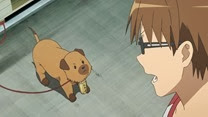 |
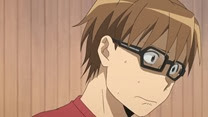 |
 |
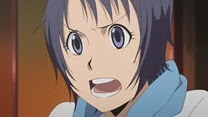 |
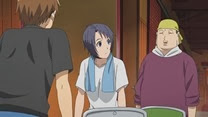 |
 |
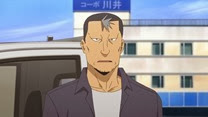 |
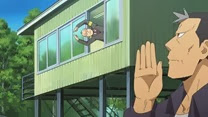 |
 |
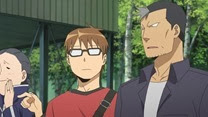 |
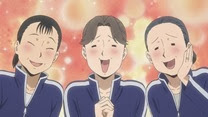 |
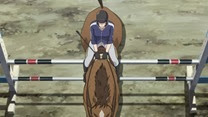 |
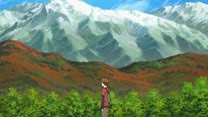 |
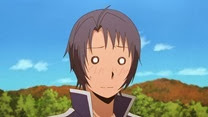 |
 |
 |
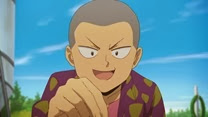 |
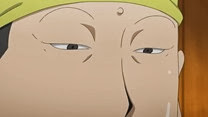 |
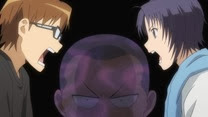 |
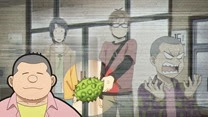 |
 |
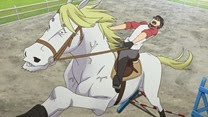 |
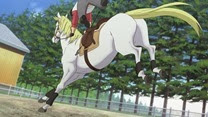 |
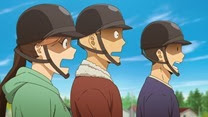 |
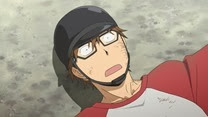 |
 |
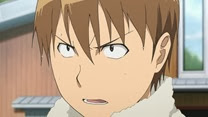 |


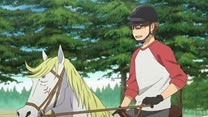
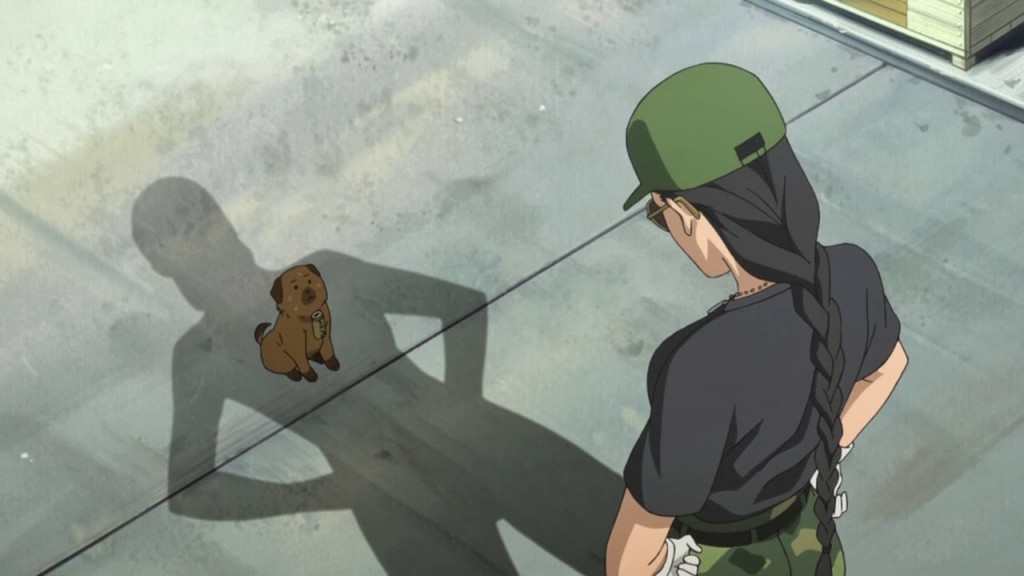
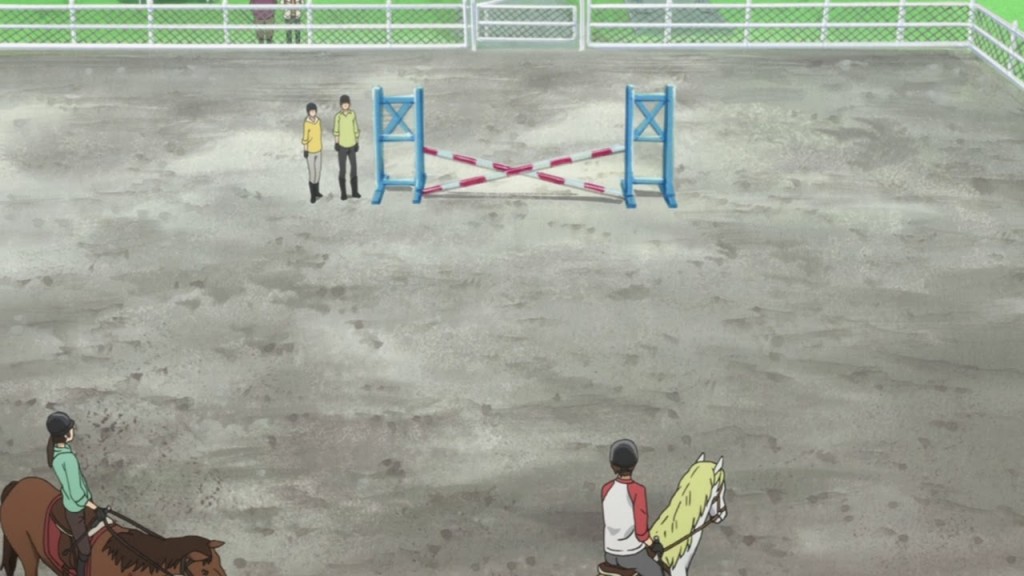
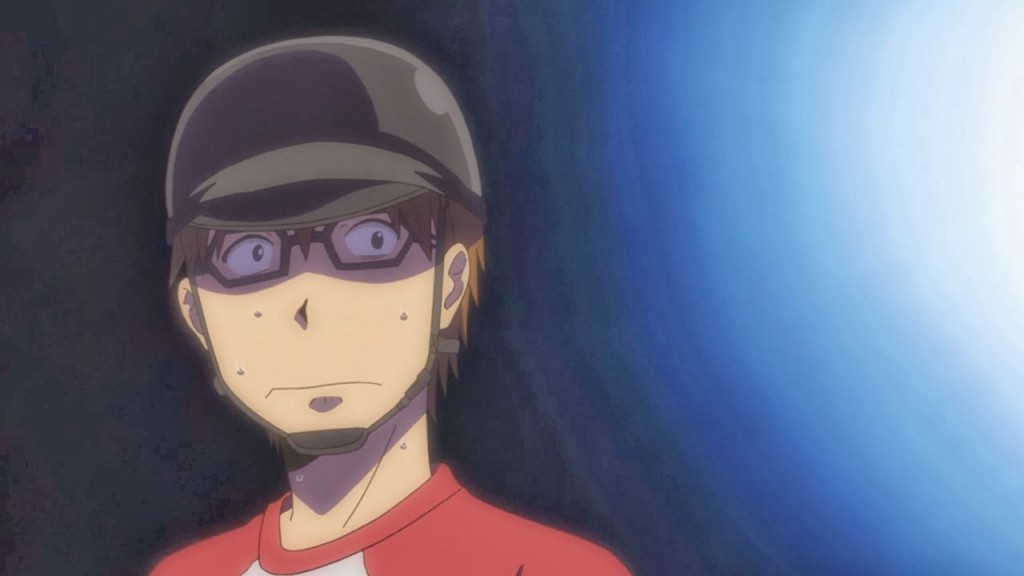


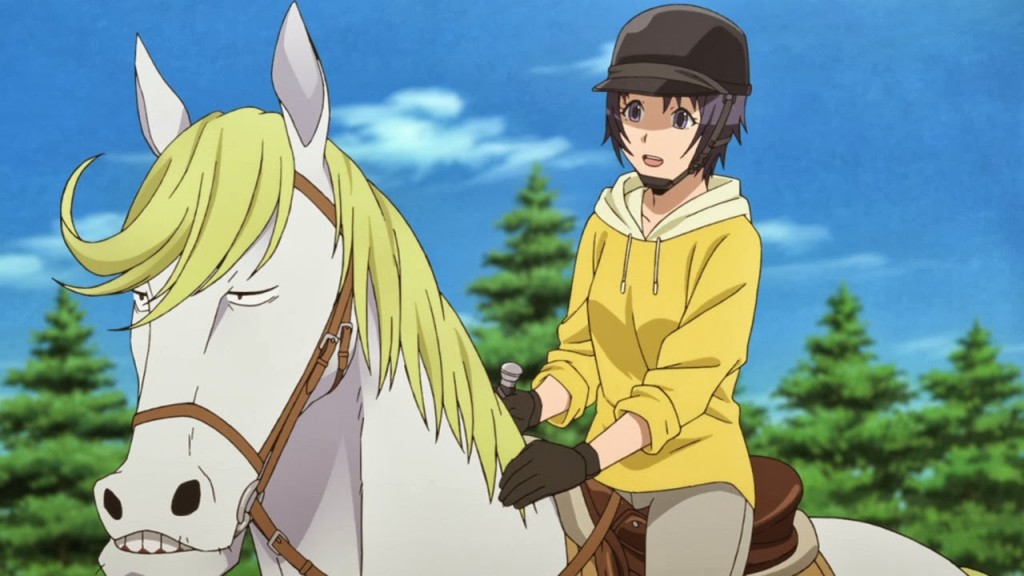

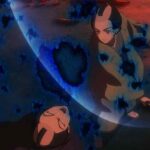
ishruns
January 24, 2014 at 11:39 pmWhat makes a good slice of life aside, I think it is probably one of the best the genre has seen. Driven by both realistic plot and character while seamlessly entertaining with comedy, Gin no Saji has few equals and is IMO a far better representation of Hiromu Arakawa's skill as a writer than FMA.
One of its best aspects is that it can entertain at all levels. The exploration of agriculture will bring in children, the emotional stories will bring those currently burdened or were burdened by similar ones and it will bring those sentimental for those wonderful days of school.
A slice of life that is true to life itself. Much better IMO than ones that have gimmicks and are only about nothing in particular but that's just my opinion.
deathslinky
January 25, 2014 at 10:46 amI have a pretty good guess as to where the anime will end this season. I'm pretty sure it will be at chapter 63, "Autumn 32" which is the last chapter of the autumn arc. The manga itself is structured in terms of seasons; the first season of the anime ended at the last chapter of the summer arc.
Right now, the manga is in the winter arc. Once it finishes, there should be enough material for another cour worth of anime. So, something to look forward to.
thedarktower
January 25, 2014 at 2:45 pm"the first season of the anime ended at the last chapter of the summer arc."
not exactly. but close enough, yeah.
the last episode of 1st season entered a bit(and it was a bit too much) for the autumn arc, resulting in some kind of change in the original order chapters should've been adapted. yet they handled it well, but I think they shouldn't have entered the autumn arc in the last ep of s1. never mind, they are doing great work for now with silver spoon.
like you, I think that they will probably finish this season in the end of the autumn arc. it will also be great finish for silver spoon. the manga chapters are regular of 18-20 pages per chapter (standard for weekly manga) and A-1 handling the pace very well, it's not too quickly, but they are moving forward in good pace.
therefore, I think 8 eps that left this season is a bit too much for what's left of autumn arc. so I hope they won't start winter arc in last 1-2 eps this season (like they did with autumn arc last season), but let's wait and see.
I still don't understand how is that such a successful and great manga (and anime of course) like silver spoon didn't get license? I enjoy reading it so much! if it will ever get license I'd definitely order the volumes!
elianthos80
January 26, 2014 at 9:21 pmSomehow I found the transition from Vice Prez's ball to hardball especially hilarious. Also it reminds me I have a Daya episode to catch up with and very little time to do so. Ack!
—
Oh Maron :,D (and ponies! *flails* <3 ). Loved the unconventionally weaponised veggies, mwahah. Tokiwa's mustard green + violet shirt on he other hand was burning my retinas . Missed such colour combo since Mamoru's infamous Sailor Moon anime fashion days…
*hops to DnA*
thedarktower
January 26, 2014 at 10:42 pmyou reminded me…I wonder why the horse's name is Maron…in the manga it was chestnut which is by far fits more. maybe it's the translation..I don't know. but I prefer it as chestnut!
elianthos80
January 27, 2014 at 4:44 pm@thedarktower: different language, basically same word – with a culinary twist here ;D – : marrone (Italian) mar[r]on (French) means 'chestnut', the big kind of chestnuts used in confectionery and jams especially – see under 'marron glacé' https://en.wikipedia.org/wiki/Marron_glac%C3%A9 – .
Horses – especially racing/cometition ones – have often foreign names. This epsiode also featured a female horse named Rosanna (Italian name. The English equivalent would be… Roxanne? I think ) . And super-victorious Italian racing horse Varenne has a French name , his ancesors an ingeresting mishmash themselves name-wise https://en.wikipedia.org/wiki/Varenne .
In context Maron sounds exotic/cooler/nobler and a nod to the European tradition of horse riding… and possibly also deceptively sweet X,D .
thedarktower
January 27, 2014 at 7:11 pm@elianthos80:
thanks. very interesting.
now that I think about it..the culinary twist so fits to silver spoon as you said.
it's also probably related to nuts (chestnut tree and its fruit nuts). and our horse is indeed a tough nut to crack 😉
I was thinking that the twist here is that chestnut suppose to be brown (but in fact he is white): https://en.wikipedia.org/wiki/Chestnut_%28coat%29
Maron isn't a bad name, not at all. sure it sounds good, and good point about that fits to European tradition of horse riding and racing.
I am just used to chestnut and I think it sounds good too.
elianthos80
January 28, 2014 at 5:25 pm@thedarktower: good one about the 'hard to crack'.
About the colour it still fits actually. In my language Italian 'marrone' is both the colour brown, the whole big chestnut (with peel or without) and its processed candied result (the French marron glacé ). But usually 'marrone / marroni (pl.) ' evokes the chestnuts as food, as in the part of them you eat: while the outside and hard shell of chestnuts is brown their edible part once you remove the peel is a off-white-to-yellow one (better observed in raw and dried chestnuts)… Maron's mane and coat's hues are the same of the inside of a chestnut :D.
Hence while both Chestnut and Maron are reasonable tl choices the latter seems more fitting from my pov XD. In any case gotta love that horse.
admin
January 28, 2014 at 11:16 pmI dunno if this is true in Europe too but in America "Chestnut" is actually the name of that particular breed of brown horse. Either way, Maron's name is obviously ironic…